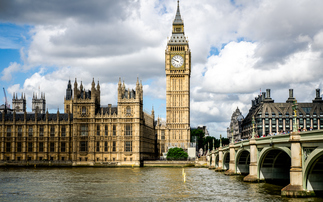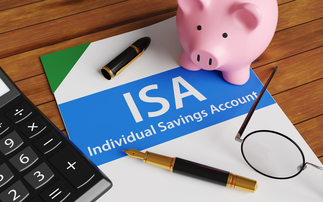The market for credit default swaps, the product largely blamed for heightening the global financial crisis in 2007, has more than doubled in the first seven months of 2017 as hedge funds are tempted into riskier assets.
According to the Financial Times, there has been an issuance of $20bn to $30bn worth of credit default swaps so far this year, compared to $15bn for the whole of 2016 and $10bn in 2015.
Hedge fund managers such as Apollo, Brigade Capital and Blue Mountain are among the high profile investors who have moved back into these products.
The riskiest swaps, which are most often bought by hedge funds, have the potential to produce returns of up to the high teens which, in an environment of historically low volatility in credit markets, has been viewed as attractive. The current yield for high yield bonds is 5.8%.
These "bespoke tranches" allow investors to pick around 100 different credit default swaps and are then paid a quarterly premium adjusted for the amount of default risk. If defaults rise or the market weaken then investors could face lower than forecast returns, the FT reports.
Anindya Basu, an analyst at Citi, told the FT: "In this environment, when spreads are tight and volatility is low, people are really looking for extra yield."
Citigroup is believed to be the largest bank offering these trades to investors while JP Morgan Chase and BNP Paribas are also involved. This has pushed other banks such as Goldman Sachs to look at increasing its offering.
However, banks offering these products have said they are more cautious than in previous times regarding the risk of having the exposure on their own balance sheets.











